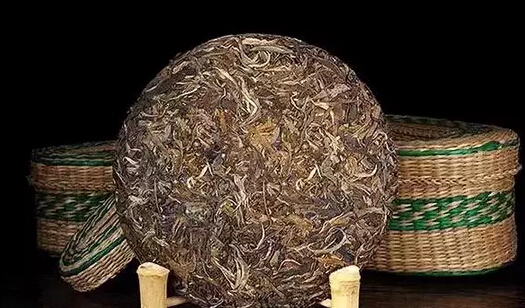
The Principles Behind Pu'er Tea's Stomach-Nourishing Properties
First, after fermentation, Pu'er tea produces a large number of derivative substances, most of which are small molecules that are easily absorbed by the gastrointestinal tract and cause minimal irritation. Green tea and oolong tea, on the other hand, contain higher levels of tea polyphenols, but many of these are large molecules that can strongly irritate the stomach when consumed on an empty stomach.
Therefore, adults with weaker constitutions and children are often advised to be cautious with green tea and avoid drinking it on an empty stomach. Traditional Chinese medicine describes green tea as "highly cooling," likely due to its large molecular content.
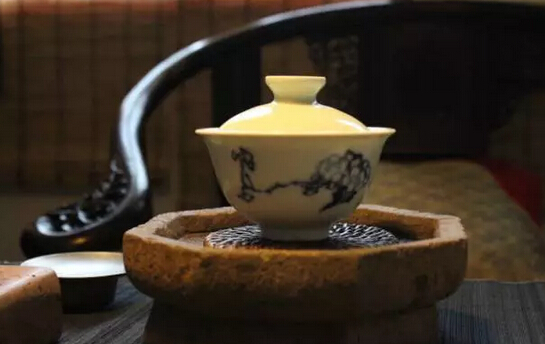
Similarly, unfermented or naturally unaged Pu'er tea (i.e., freshly picked raw Pu'er) should not be consumed on an empty stomach for the same reason—its molecules are too large. Thus, only naturally fermented Pu'er tea aged for over ten years and ripe Pu'er tea aged for at least three years possess "stomach-warming" properties, primarily due to their small molecular structure.
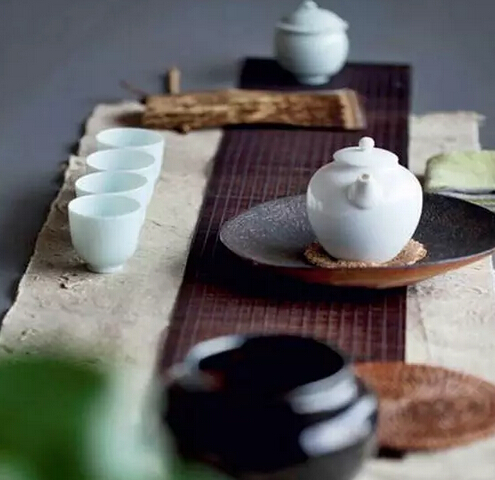
Second, Pu'er tea contains significantly higher levels of pectin compared to other teas. Pectin not only has excellent adsorbent properties but also binds to and eliminates bacterial toxins and harmful substances in the body, such as heavy metals like lead and mercury, as well as radioactive elements, acting as a detoxifier. At the same time, it protects the stomach lining and aids digestion.
For individuals with gastric ulcers or gastritis, the pectin in Pu'er tea can form a protective film over stomach wounds, promoting healing and making it suitable for those with stomach conditions.
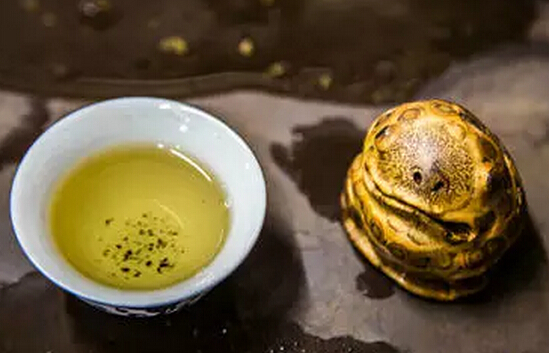
Third, the caffeine in Pu'er tea can neutralize stomach acid, thereby improving digestive function.
The stomach-nourishing efficacy of Pu'er tea hinges on the quality of fermentation. Consider this experiment: brew samples of green tea, three-year-old ripe Pu'er tea, and Pu'er tea paste, then refrigerate the three brews. When the tea cools to around 5°C, observe any changes in the liquid.
At this point, you'll notice that the green tea brew becomes highly turbid with a large amount of milky suspension, caused by the reversion of pectin-like substances. The Pu'er tea shows slight turbidity, with a dull brown hue and lack of clarity, due to incomplete degradation of large molecules during fermentation. The best performer is the Pu'er tea paste, which shows no visible suspension or impurities, with only a slight darkening of the brew.
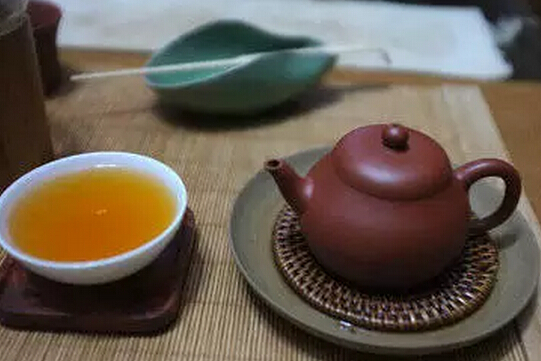
This experiment demonstrates that unfermented tea leaves contain many large molecules that undergo reversion and polymerization when cooled, resulting in heavy turbidity. The slight turbidity in Pu'er tea indicates insufficient fermentation, leaving many substances incompletely broken down. Pu'er tea paste, a deeply processed product, consists almost entirely of small molecules; though polymerization occurs, it only results in a darker brew.
This method can also be used to estimate the "age" of naturally fermented Pu'er tea. Younger teas exhibit more turbidity, while older teas show less. Pu'er tea aged over ten years should have no visible suspension or impurities, with increasingly clear brews as it ages. Teas aged over thirty years show minimal changes in clarity.

Therefore, the most stomach-nourishing way to consume Pu'er tea is to drink a warm cup on an empty stomach every morning, ideally Pu'er tea paste or high-quality ripe Pu'er aged over three years. If possible, naturally fermented raw Pu'er aged over ten years is even better. For those with excessive stomach acid, gastritis, or ulcers, adding a spoonful of honey further enhances its stomach-nourishing effects.
The key to nourishing the stomach lies in consistency. This "nourishment" is not instantaneous but requires persistent practice to show results. Thus, in addition to drinking Pu'er tea, maintaining healthy lifestyle habits is essential.